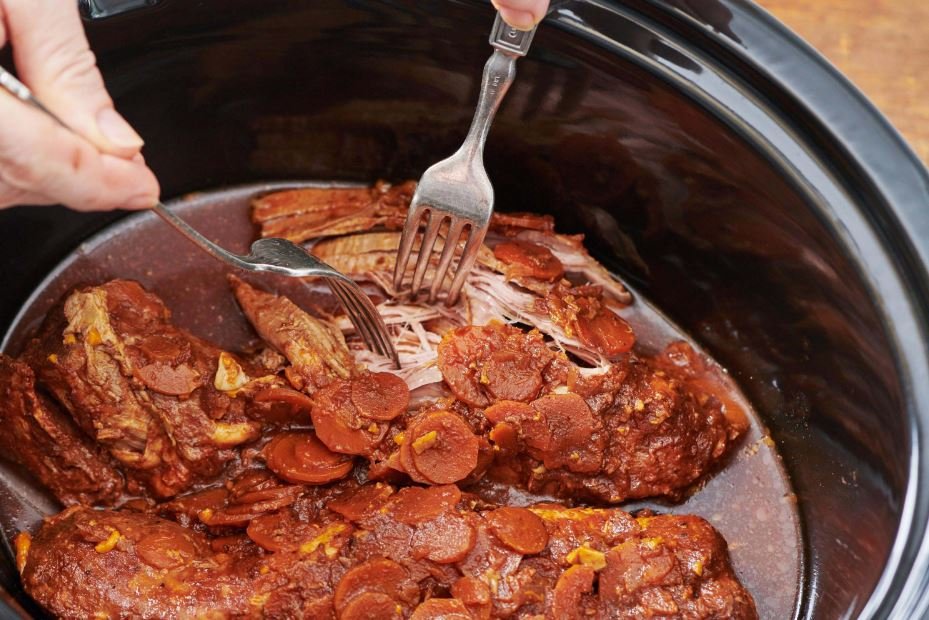There’s something magical about the aroma of slow-cooked beef ribs smelling through the house. The fall-off-the-bone-tender meat, the rich and savory sauce, and the anticipation of that first bite make it a dish worth waiting for.
Whether cooking a meal for the family or preparing a meal for a special occasion, learning how to slow-cook beef ribs in the oven is a great way to ensure your dish comes out perfectly cooked every time.
If you want to make your mouth-watering beef ribs at home, you’ve come to the right place. In this guide, we’ll walk you through how to slow-cook beef ribs in the oven at 200 degrees so you can enjoy this classic dish’s flavors and aromas.
Guide on How To Slow Cook Beef Ribs In Oven 200 Degrees
Jump to VideoCooking beef ribs in the oven at 200 degrees is an ideal way to slow-cook them and bring out the succulent flavor that makes them delicious. Here’s a step-by-step explanation of slow-cooking beef ribs at 200 degrees for the best results.
Step 1: Preheat The Oven
The first step to slow-cooking beef ribs in the oven is to Preheat the oven to 200 degrees Fahrenheit. Thus temperature is low and slow, which allows the meat to cook evenly and become tender without drying out.
Furthermore, it’s important to Preheat the oven for at least 15 – 20 minutes before placing the beef ribs inside so that it reaches the desired temperature.
To Preheat the oven, turn it in and set the temperature to degrees Fahrenheit if it’s a digital oven. However, if it doesn’t have a temperature switch, you can use a kitchen thermometer to check when it reaches the desired temperature.
Step 2: Prepare The Beef Ribs
While the oven is preheating, prepare the beef for cooking. Take the beef ribs from the refrigerator and allow them to come to room temperature for about 30 minutes. This will allow the meat to cook more evenly and ensure it doesn’t shock the oven when placed inside.
Once the beef ribs reach room temperature, season them with your preferred marinade or seasoning mix. Make sure you coat both sides evenly.
Step 3: Place The Beef Ribs In A Roasting Pan
The next step in slow-cooking your beef ribs at 200 degrees is to place them in a roasting pan or a baking dish. It’s very important to place the ribs bone down so that the meat doesn’t stick to the bottom of the pan and the juices can flow freely around the meat.
Step 4: Cover With Aluminium Foil
Once the beef ribs are in the pan, cover the pan tightly with aluminum foil. This helps trap moisture and create a steamy and stable temperature for the beef ribs. Ensure that the beef ribs are well covered to prevent steam from escaping.
Step 5: Cover The Beef Ribs In The Oven
Place the covered pan in the preheated oven and cook for 3-4 hours, or until the meat is tender and falls off the bone. The cooking time may vary depending on the size and thickness of the beef ribs, so it’s important to check on them periodically to ensure they are cooking evenly.
Additionally, it is important not to open the oven door too often while cooking, as this can cause irregularities or fluctuations in temperature and affect the cooking time and quality of the beef ribs.
Step 6: Add Sauce or Glaze
After the beef ribs have cooked for 3-4 hours, remove the pan from the oven and carefully remove the aluminum foil. Be careful, as the steam inside the pan will be very hot.
Brush the beef ribs with barbecue sauce or glaze of your choice and return the pan to the oven, uncovered.
Step 7: Increase The Oven Temperature
After adding barbecue sauce to the cooked beef ribs, increase the oven’s temperature to 350 degrees Fahrenheit and cook for 10-15 minutes, or at least until the sauce has caramelized and the beef ribs are slightly crispy on the outside.
Step 8: Let The Beef Ribs Rest
Once the sauce has caramelized with the ribs, remove the pan from the oven and let the beef ribs rest for 10-15 minutes before serving. This will allow the juices to redistribute throughout the meat, making it more tender and juicy.
Print RecipeHow Long To Slow Cook Ribs In Oven At 200 Degrees
There are many theories on how long to slow-cook ribs at 200 degrees. However, the recommended cooking time for slow-cooking ribs in the oven at 200 degrees is 3-4 hours. This allows the meat to cook low and slow, which results in tender and juicy beef ribs that fall off the bone.
However, the exact cooking time may vary depending on the size and thickness of the ribs, so it’s important to check on them occasionally while cooking to ensure they cook evenly.
Furthermore, while it’s important to note that slow cooking at low temperatures can create delicious and tender meat, it’s essential to ensure that the meat’s internal temperature reaches a safe level to prevent food poisoning.
Is It Safe To Slow Cook Beef Ribs In Oven At 200 Degrees
Yes, it’s safe to slow-cook beef ribs at 200 degrees. Slow cooking at a low temperature is a common method of cooking meats, and many recipes call for cooking beef ribs at this temperature for several hours.
However, it’s important to ensure that the ribs’ internal temperature reaches a safe level to prevent food poisoning.
The USDA recommends cooking beef to an internal temperature of at least 145 degrees Fahrenheit for medium rare, 160 degrees Fahrenheit for medium, and 170 degrees Fahrenheit for well-done. To be safe, use a meat thermometer to check the internal temperature of the beef ribs before serving.
How Can I Ensure My Beef Ribs Cooks Thoroughly?
Ensuring the meat is cooked thoroughly when preparing beef ribs is important. To ensure that your beef ribs are cooked properly, there are several things you can do:
1. Bring the beef ribs to room temperature before cooking
Take the beef ribs out of the refrigerator at least 30 minutes before cooking to allow them to come to room temperature. This helps ensure that the meat cooks more evenly.
2. Use a meat thermometer
A meat thermometer is a reliable way to check the internal temperature of the beef ribs to ensure that they are cooked to a safe temperature. To use a meat thermometer, insert the thermometer into the thickest part of the meat, and be careful not to touch the bone.
The internal temperature should reach at least 145 degrees Fahrenheit for medium rare, 160 degrees Fahrenheit for medium, and 170 degrees for well done.
3. Baste the beef ribs
Basting the beef ribs with a liquid such as broth, wine, or barbecue sauce can help to keep them moist and ensure that they cook evenly.
4. Cover the beef ribs with foil
Covering the beef ribs with foil while they cook can help keep them moist and prevent them from drying. Just be sure to remove the foil during the last 10-15 minutes of cooking to allow the beef ribs to be brown and have a crispy exterior.
5. Allow the beef ribs to rest before slicing
After removing the beef ribs from the oven, allow them to rest for 5-10 minutes before slicing. This will allow the juices to redistribute throughout the meat, making it more tender and flavourful.
What Are The Benefits Of Slow-Cooking Beef Ribs?
Cooking beef ribs slowly is an excellent way to enjoy a delicious, tender, and juicy meal. Slow-cooking beef ribs allow the heat to penetrate slowly into the meat, resulting in a succulent and flavorful meal.
This cooking method also helps render any tough fibers in the meat, making it much easier to cut and chew.
Here are some of the benefits of slow-cooking beef ribs
1. Tenderness
Slow-cooking beef ribs at a low temperature for an extended period breaks down the tough connective tissue in the meat, resulting in tender, fall-off-the-bone meat.
2. Enhances the flavor
Slow cooking allows the flavor of the beef ribs to develop and intensify, resulting in rich and flavourful meat.
3. Easy preparation
Slow-cooking beef ribs in the oven requires minimal preparation, making it an easy and concierge cooking method.
4. Versatile cooking method
Slow cooking in the oven can be customized with different seasonings and sauces to create various flavor profiles.
5. Economical
Beef ribs are a relatively inexpensive cut of meat, and slow cooking makes them even more economical because the low and slow cooking process breaks down the meat, making it more tender and flavorful.

Slow Cook Beef Ribs In Oven 200 Degrees Recipe
Instructions
- The first step to slow-cooking beef ribs in the oven is to Preheat the oven to 200 degrees Fahrenheit. Thus temperature is low and slow, which allows the meat to cook evenly and become tender without drying out.
- While the oven is preheating, prepare the beef for cooking. Take the beef ribs from the refrigerator and allow them to come to room temperature for about 30 minutes. This will allow the meat to cook more evenly and ensure it doesn’t shock the oven when placed inside.
- The next step in slow-cooking your beef ribs at 200 degrees is to place them in a roasting pan or a baking dish.
- Once the beef ribs are in the pan, cover the pan tightly with aluminum foil. This helps trap moisture and create a steamy and stable temperature for the beef ribs.
- Place the covered pan in the preheated oven and cook for 3-4 hours, or until the meat is tender and falls off the bone.
- After the beef ribs have cooked for 3-4 hours, remove the pan from the oven and carefully remove the aluminum foil. Be careful, as the steam inside the pan will be very hot.
- After adding barbecue sauce to the cooked beef ribs, increase the oven’s temperature to 350 degrees Fahrenheit and cook for 10-15 minutes, or at least until the sauce has caramelized and the beef ribs are slightly crispy on the outside.
- Once the sauce has caramelized with the ribs, remove the pan from the oven and let the beef ribs rest for 10-15 minutes before serving.
Video
Conclusion
Slow-cooking beef ribs in the oven at 200 degrees Fahrenheit is a simple and delicious way to achieve tender, flavourful meat.
Following the step-by-step guide, you can prepare perfectly cooked beef ribs to impress your friends and family.

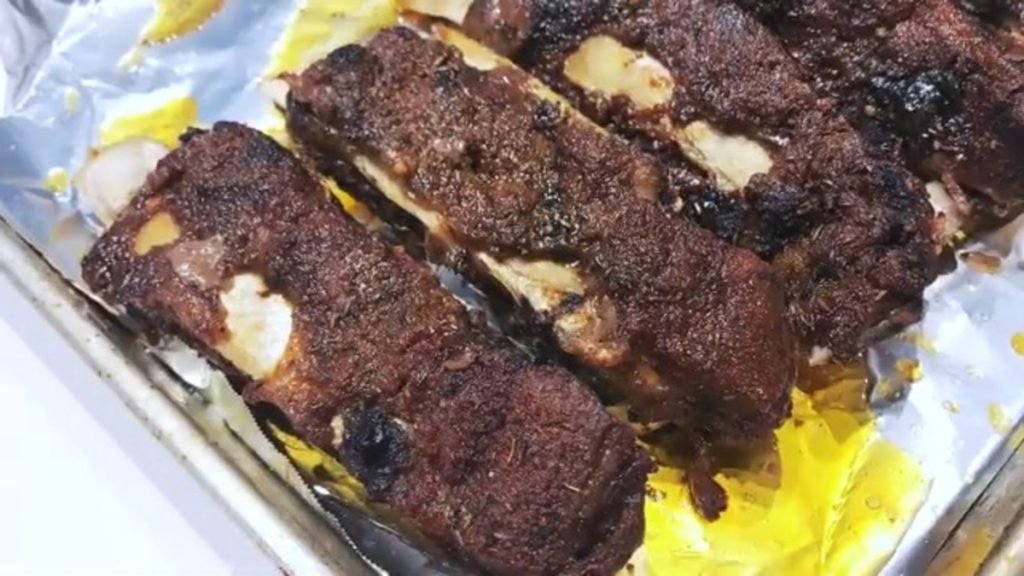
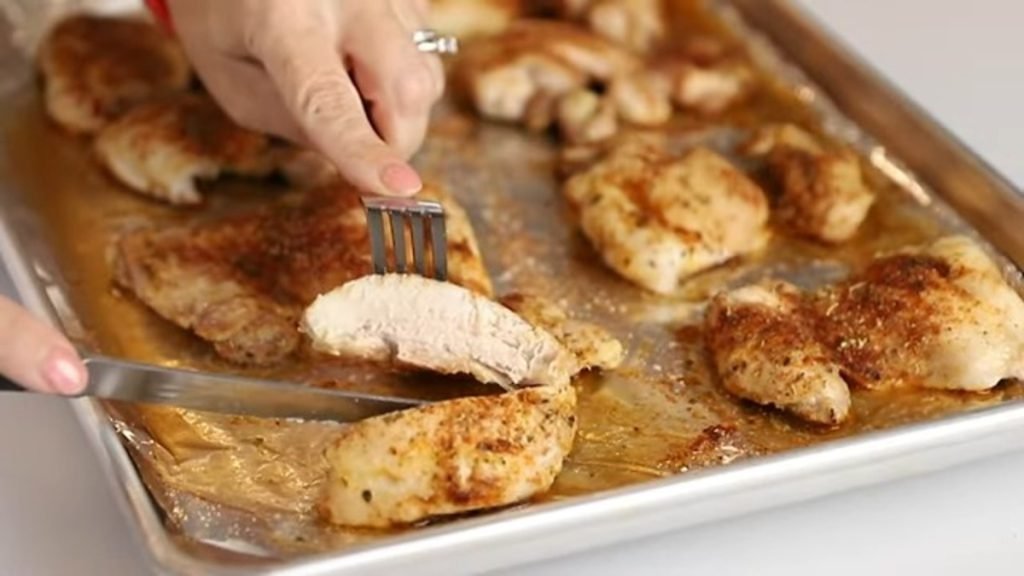


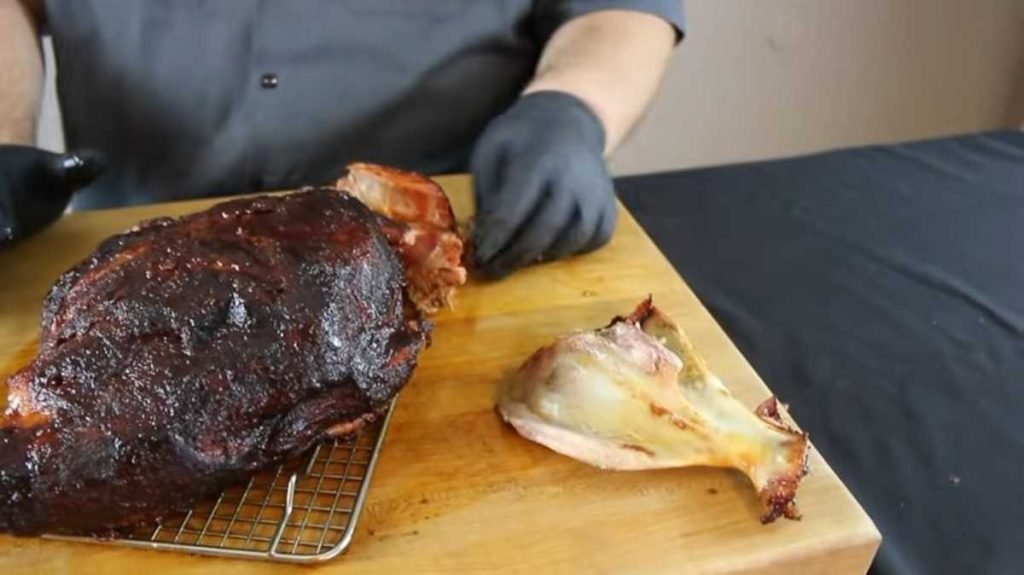
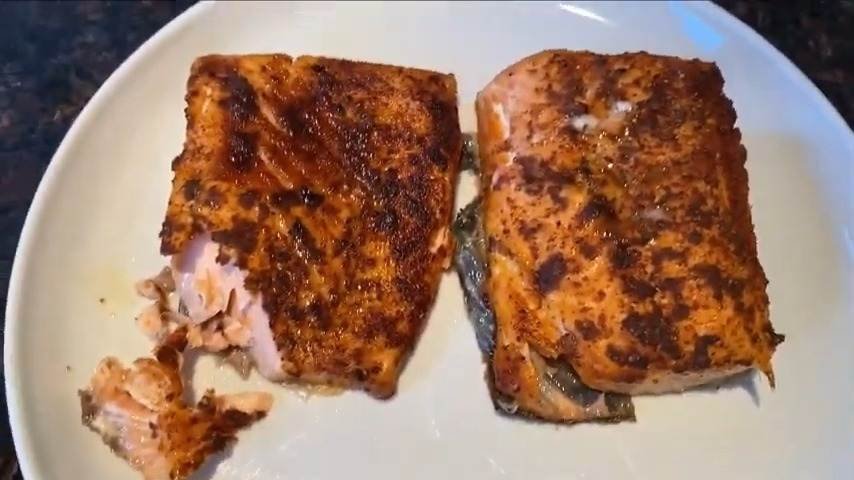


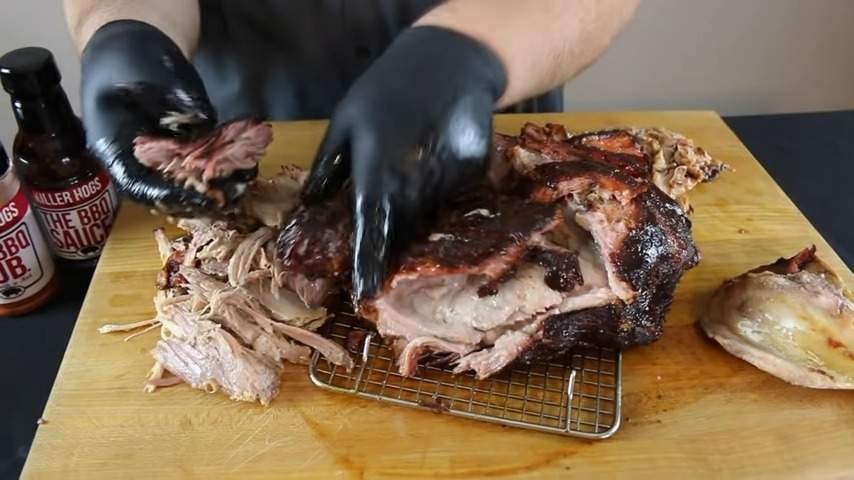
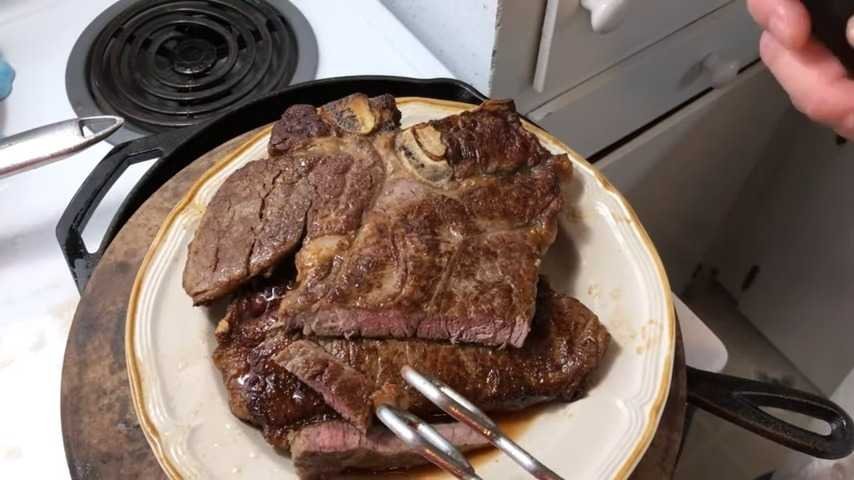
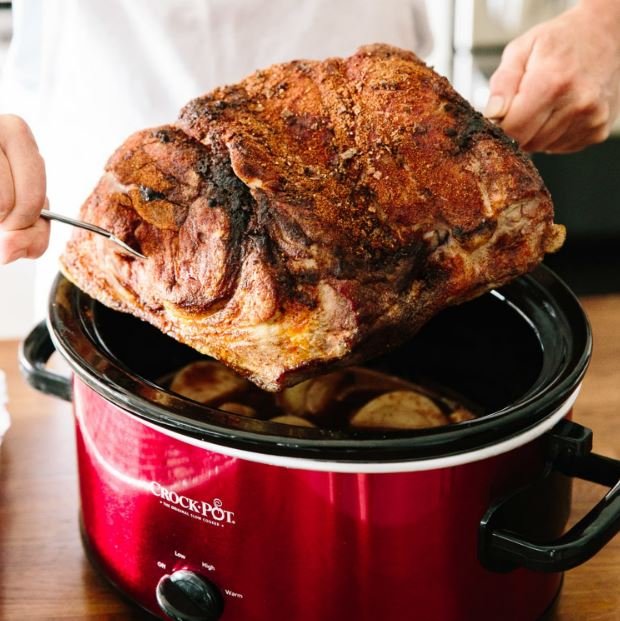
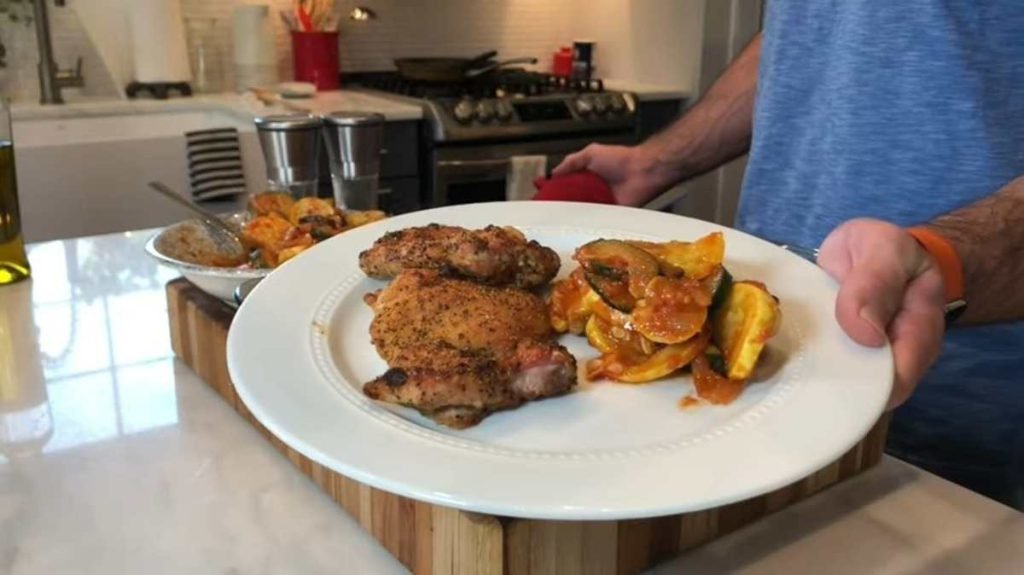
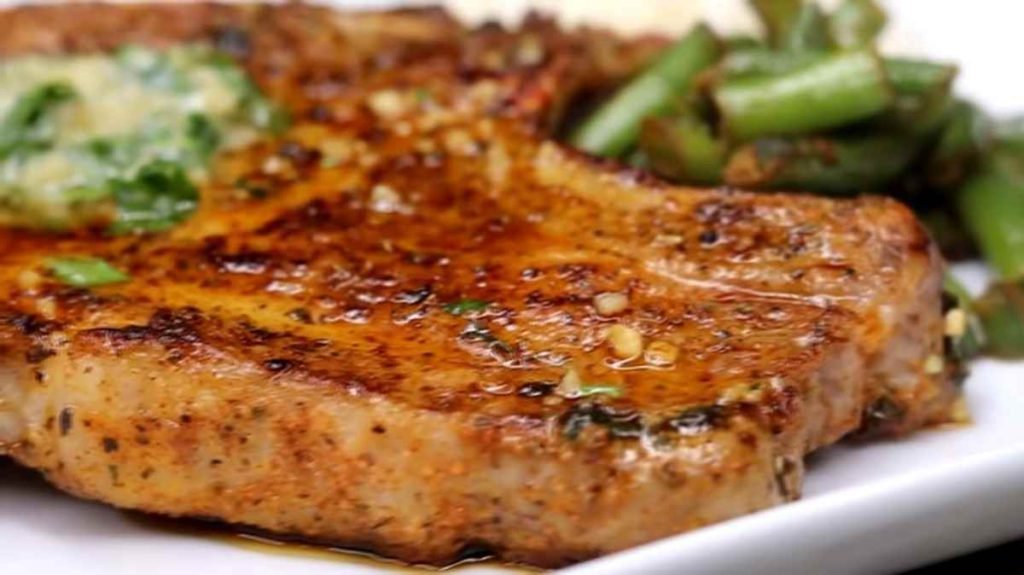
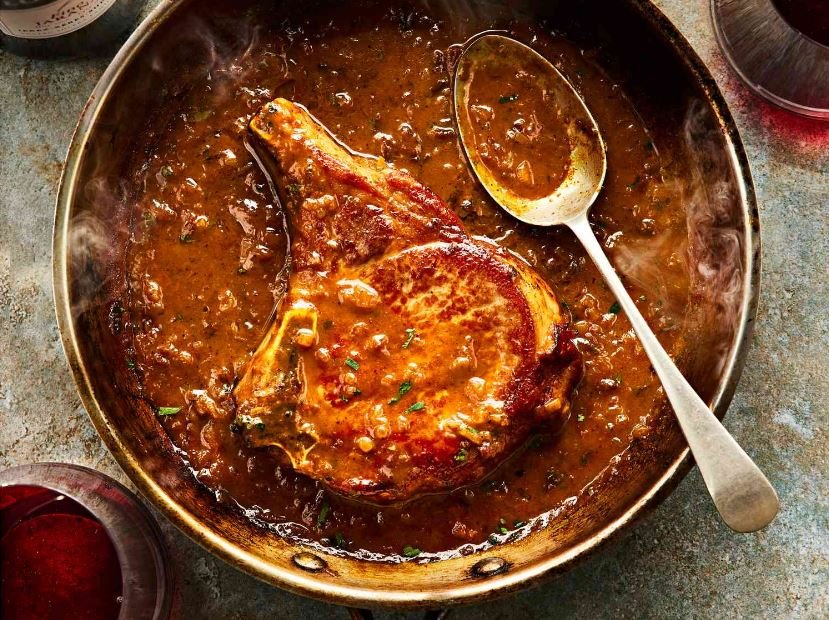
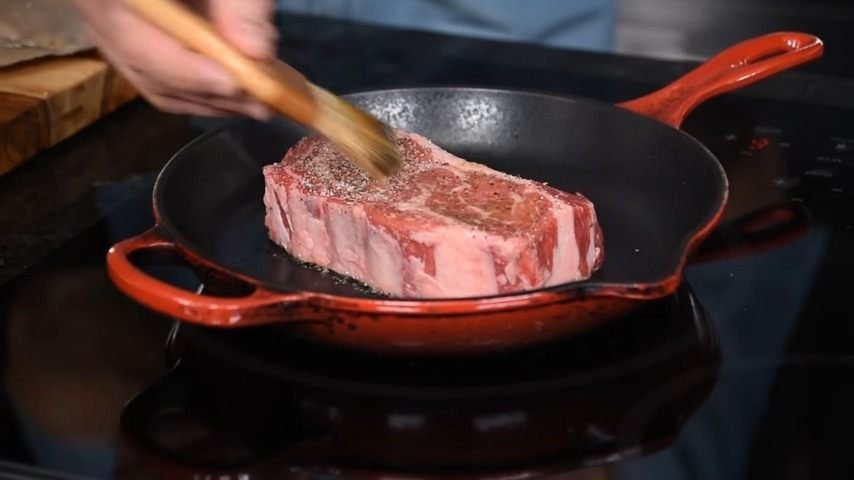


![How Long To Cook Short Ribs In Oven [FAQs and Tips]](https://shiftychevre.com/wp-content/uploads/2023/02/Oven-baked-beef-short-ribs-_-recipe-1024x575.jpg)
